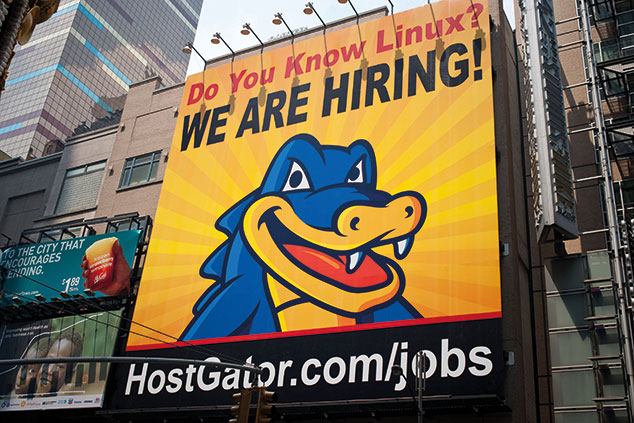
The most likely path for US interest rates is now downwards, reckons Komal Sri-Kumar on Bloomberg. Central bankers are happy to take a dovish stance because previous predictions that ultra-low rates and quantitative easing (QE) would trigger surging inflation did not materialise. Between 2008 and 2015 the Fed’s balance sheet of assets bought with printed money “more than quintupled”, but inflation remained stubbornly below the 2% target. Other developed markets, including the UK and the eurozone, have had similar experiences.
Why hasn’t it appeared yet?
The “case of the missing inflation” in recent years is an intriguing one, agrees Louis Gave for Gavekal Research. Rising American shale-oil production, which has kept a lid on energy prices in recent years, is partly responsible. US fiscal policy is also important. Federal spending “basically flatlined” from 2010 until the end of Barack Obama’s term as Tea Party Republicans blocked a Democratic president at every turn. Yet the Trump tax cuts have started a new era of profligacy, while an ageing American population will mean steadily rising expenditure on social security and healthcare programmes whoever is in power. There is no guarantee that we will continue to enjoy such a benign inflationary picture.
This is especially the case since a crucial driver of inflation is now emerging, says Laurence Fletcher in the Financial Times: rising wages. Pay has been climbing for five years amid a tight labour market. It recently reached a ten-year high. This is a danger to the US-led global stockmarket rally on two counts. Higher costs mean lower corporate profit margins and earnings, which will undermine historically overvalued equities. The broader problem, however, is that investors are looking the other way.
An underrated risk
The ten-year break-even inflation rate, a bond-market gauge of investors’ expectations for inflation over the next decade, has not breached the 2% mark at all this year, says Akane Otani in The Wall Street Journal. Yet Michael Arone of State Street Global Advisors cautions that such a comfortable assumption may only prepare the ground for an “inflation scare” in “the next few months or quarters”.
Any inflationary scare could prompt the US Federal Reserve, which has been counting on low inflation too, to raise interest rates fast to prevent price rises soaring out of control. That would remove a “key support” for global markets, as Fletcher says. It would also be very good news for gold.